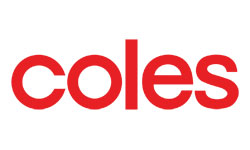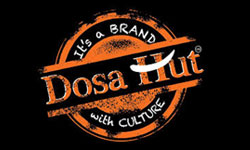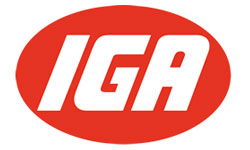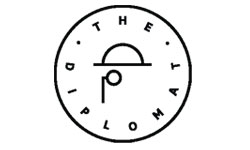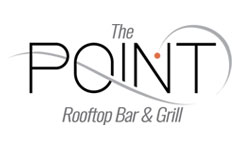Get a Quote Now
🔍 1. Why Deep Cleaning Is Necessary
Unlike daily cleaning tasks, a commercial kitchen deep clean focuses on the buildup that regular maintenance can’t fully address—like grease behind appliances, residue in ventilation systems, or hidden food debris. These areas can become hotspots for bacteria, mold, pests, and even fire risks. Deep cleaning ensures the kitchen meets health code standards, reduces safety hazards, and prolongs the life of kitchen equipment.
🧽 2. Hard-to-Reach Areas Get Full Attention
One of the key benefits of a deep clean is that professionals move heavy equipment—such as ovens, fryers, and refrigeration units—to clean behind and beneath them. These spaces are often overlooked during regular cleaning and can harbor significant grease and grime. All surfaces are degreased, scrubbed, and sanitized using commercial-grade cleaning agents designed to break down tough residues.
🌬️ 3. Exhaust Hoods, Filters & Ventilation Systems
A major part of any commercial kitchen deep clean is the removal of grease buildup from exhaust hoods, ductwork, and filters. Not only is this critical for fire prevention, but it also improves airflow and reduces odors in the kitchen. In many regions, regular hood cleaning is required by law and must be documented for safety compliance.
🧊 4. Food Prep & Storage Areas
Prep tables, cutting boards, sinks, and food contact surfaces are thoroughly sanitized to eliminate bacteria and cross-contamination risks. Walk-in coolers and freezers are cleaned both inside and out, including under shelving units and floor corners where spills and mold may go unnoticed. Dry storage shelves are wiped down and reorganized as part of the deep clean.
🚰 5. Dishwashing Stations & Drains
Deep cleaning also covers the dishwashing area, including sink basins, dish racks, and any built-up lime scale in or around dishwashing machines. Drains are flushed and cleaned to prevent backups, foul odors, and microbial growth—especially important in high-use kitchens.
🧼 6. Floors, Walls, and Ceilings
All kitchen surfaces—vertical and horizontal—are treated during a deep clean. Floors are degreased and scrubbed with mechanical equipment or steam cleaned to remove stains and slippery residue. Walls and ceilings, which often collect grease and dust, are wiped down or steam cleaned as needed to meet hygiene standards.
✅ 7. Final Sanitation and Inspection
Once all areas are cleaned, the team performs a final sanitation process using food-safe disinfectants. Many cleaning providers also conduct a post-clean inspection and provide documentation or photos to show that all required areas were serviced. This can be especially helpful if your kitchen is preparing for a health inspection.
🧠 Conclusion: A Worthwhile Investment
A commercial kitchen deep clean is more than just a cleaning service—it’s a safeguard for your business. It protects your customers, keeps your staff safe, improves kitchen efficiency, and ensures compliance with food safety regulations. Whether scheduled monthly or quarterly, routine deep cleaning is essential for any kitchen that values cleanliness, safety, and long-term performance.
Trusted by
